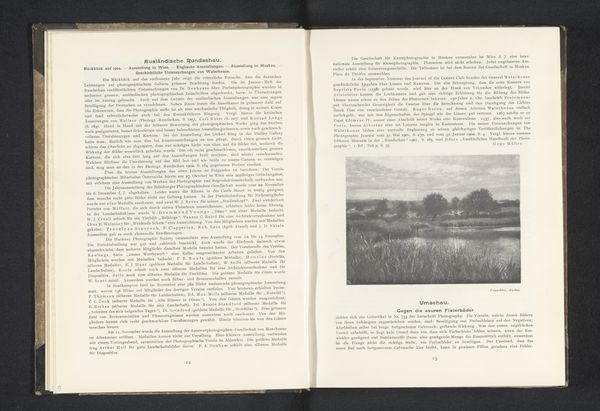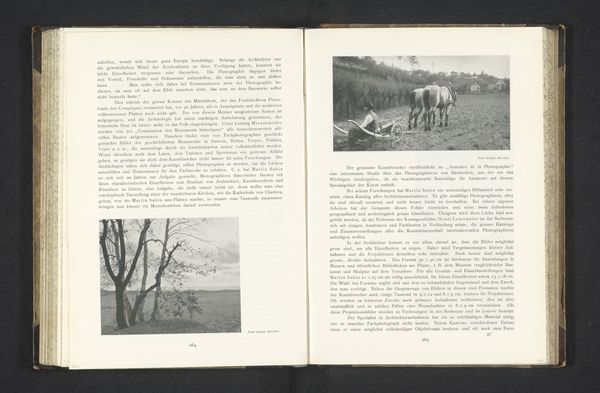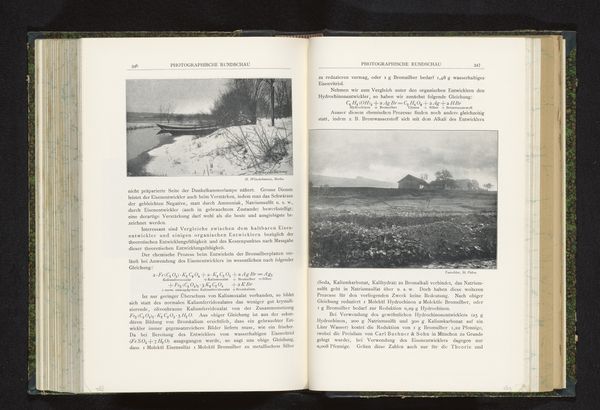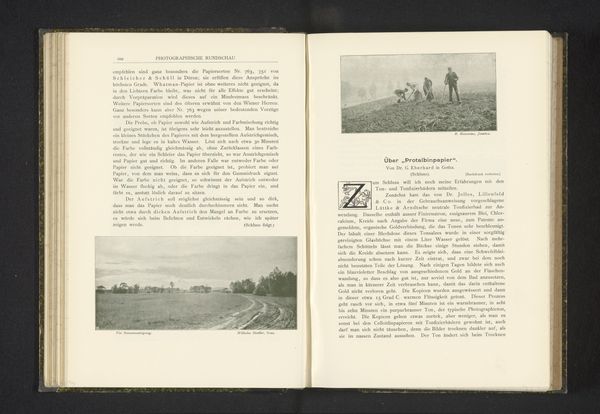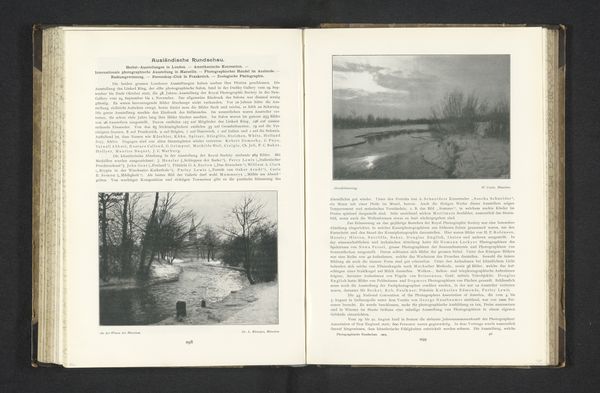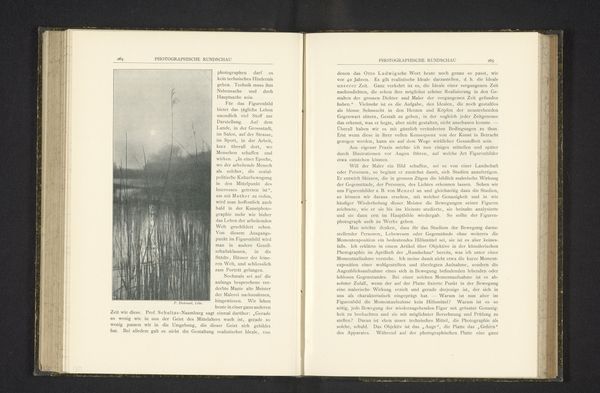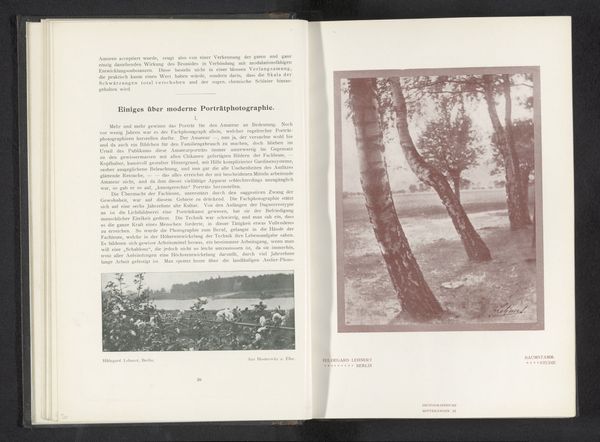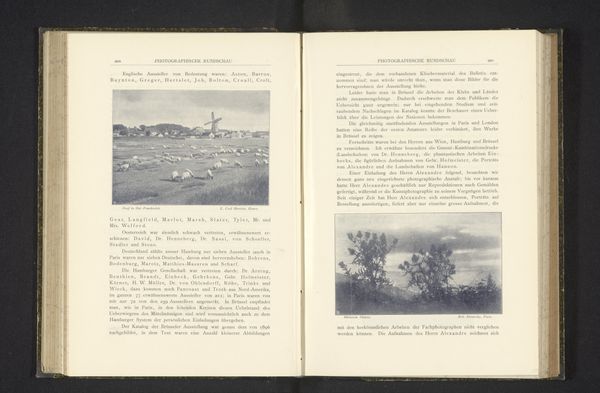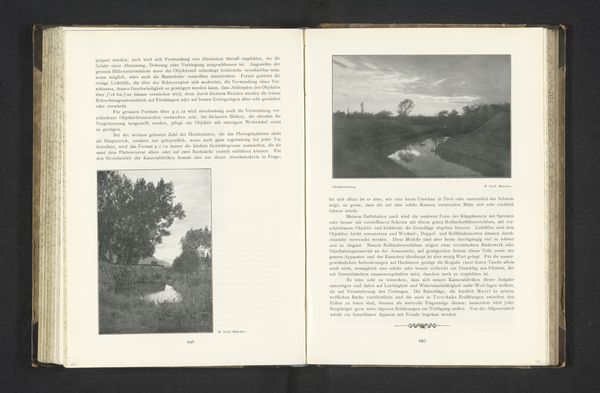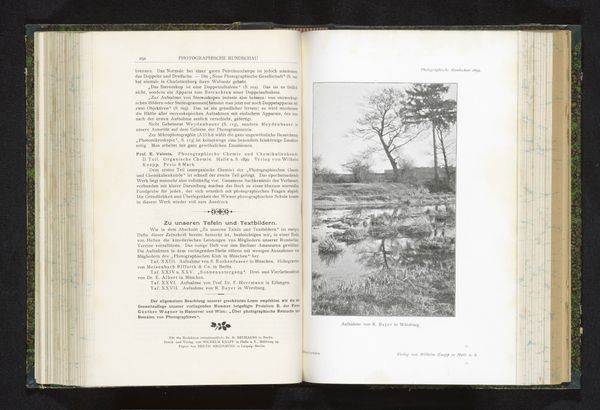
print, photography, gelatin-silver-print
#
pictorialism
# print
#
landscape
#
photography
#
gelatin-silver-print
Dimensions: height 163 mm, width 116 mm
Copyright: Rijks Museum: Open Domain
Editor: We’re looking at *Gezicht op een sloot door een landschap*, a photograph made before 1902 by Max Albert. It's a gelatin silver print, showing a narrow canal cutting through a field. It feels very still and quiet. How do you interpret this work? Curator: The stillness you observe points to the pictorialist movement’s focus on photography as fine art, mimicking painting's aesthetic. But, if we dig a little deeper, what can this image tell us about the socio-political contexts of its time? Landscape wasn’t just scenery; it was about ownership, industry, and the romanticization of the rural versus the rapidly industrializing urban landscape. Who benefits from this idyllic depiction and who is missing? Editor: That’s interesting. So, you’re saying that these tranquil scenes might gloss over some of the harder truths of the time? Is there a critical lens we should be using here? Curator: Precisely. Consider the context of colonialism and social stratification during the late 19th century. The "picturesque" often veiled realities of labor exploitation and environmental changes brought by expanding agriculture. Who owned the land and profited from it, and what was the cost to local communities and ecologies? What power structures are reinforced by its aesthetic choices? Editor: I never considered that angle before. Looking at it now, it almost feels complicit in a kind of romantic lie. Curator: The point is not to diminish the artistic merit but to enrich our understanding. By engaging with the historical and social forces, we see art as part of a larger, complex story. What will you take away from this? Editor: To question not just what I see, but who benefits from how I see it.
Comments
No comments
Be the first to comment and join the conversation on the ultimate creative platform.
